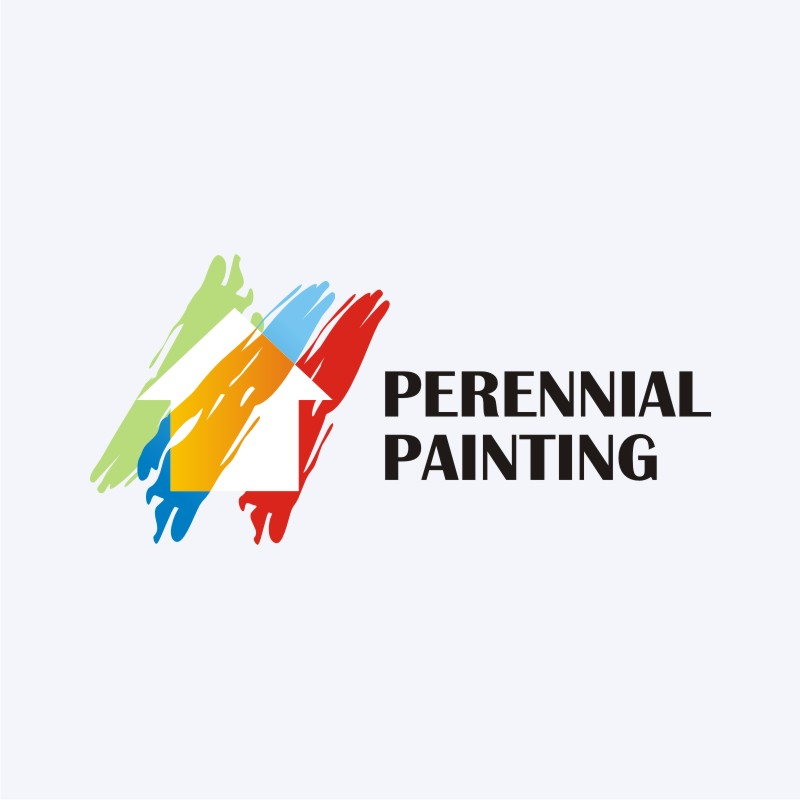How Regional Climate Influences The Toughness Of Exterior Paint In Commercial Setup
How Regional Climate Influences The Toughness Of Exterior Paint In Commercial Setup
Blog Article
Short Article Composed By-Odonnell Mueller
When you're picking industrial outside paint, have you thought about how your regional climate might impact its toughness? Variables like temperature level variations, humidity levels, and UV direct exposure can considerably influence just how well the paint adheres and stands up with time. As an example, in areas with high moisture, you may discover that peeling off and gurgling ended up being common concerns. On the other hand, severe heat can bring about rapid dissipation, endangering the paint's efficiency. Understanding these characteristics is crucial, yet there's more to discover regarding how specific conditions can dictate your choices.
Temperature Variations and Paint Performance
Temperature variations play a vital function in paint performance, impacting whatever from bond to long life. When you apply paint in extreme temperature levels, whether warm or cool, it can bring about poor results. If it's as well cold, the paint may not treat properly, leading to a weak bond to the surface. You may see peeling off or flaking not long after application if you ignore this element.
Alternatively, using paint in heats can trigger the paint to completely dry also promptly, which can cause issues like brush marks or an irregular finish. You want your paint to flow smoothly and adhere well, so timing your application according to temperature level is crucial.
Furthermore, temperature level changes can trigger the paint film to increase and contract, leading to fractures and other damages gradually. Specifically in regions with significant temperature swings, you'll wish to pick a paint specifically developed to endure these adjustments.
Before starting your job, check the weather forecast and guarantee you're working within the temperature range suggested by the paint producer. By doing this, you'll enhance the sturdiness of your paint job and maintain its visual allure for longer.
Moisture's Influence on Finish Durability
Moisture significantly influences paint durability, typically in ways that can surprise home owners and professionals alike. High humidity levels can hinder the drying out process of paint, causing longer drying out times and possibly capturing wetness beneath the surface area.
This trapped moisture can trigger the paint to raise, bubble, or peel off, significantly reducing its durability. Conversely, incredibly reduced humidity can lead to rapid evaporation, which could create the paint to completely dry also swiftly.
This can cause inadequate attachment and a harsh finish, making the covering more susceptible to damages. https://www.housebeautiful.com/home-remodeling/diy-projects/a28173281/flat-paint/ to choose the correct time for paint, preferably throughout moderate humidity levels, to make certain optimal results.
You need to likewise take into consideration the kind of paint you're making use of. Some formulations are particularly designed to stand up to high moisture, supplying better attachment and versatility.
Applying a primer can also aid by creating an obstacle against wetness, improving durability.
UV Exposure and Shade Fade
Ultraviolet (UV) exposure continually plays a vital function in paint durability, specifically when it pertains to shade retention.
When you choose outside paint for your commercial building, you need to be mindful that UV rays from the sunlight can break down the chemical bonds in the paint. This break down causes color discolor, reducing the vivid appearance you initially wanted.
If https://www.homesandgardens.com/interior-design/erin-napiers-favorite-paint-colors encounters straight sunshine for prolonged durations, you'll notice this fading a lot more swiftly. The strength and angle of sunshine can additionally impact just how quickly your paint sheds its gloss.
Lighter colors have a tendency to reveal fading more than darker tones, but all shades are vulnerable to UV destruction.
To combat this concern, think about using paint formulated with UV-resistant residential properties. These specialized paints have ingredients that help protect the surface from harmful rays, extending the color's life-span.
Normal upkeep, like cleaning the surface areas and applying touch-ups, can also assist protect the paint's look.
Verdict
Finally, understanding your local climate is crucial for selecting the ideal industrial outside paint. Temperature variations can affect treating, while high humidity can catch wetness and result in peeling off. Do not forget UV exposure, which can trigger colors to discolor with time. By choosing paint especially designed for your area's conditions, you can boost toughness and preserve the appeal of your property. Purchasing the appropriate paint currently will save you time and money in the future.
